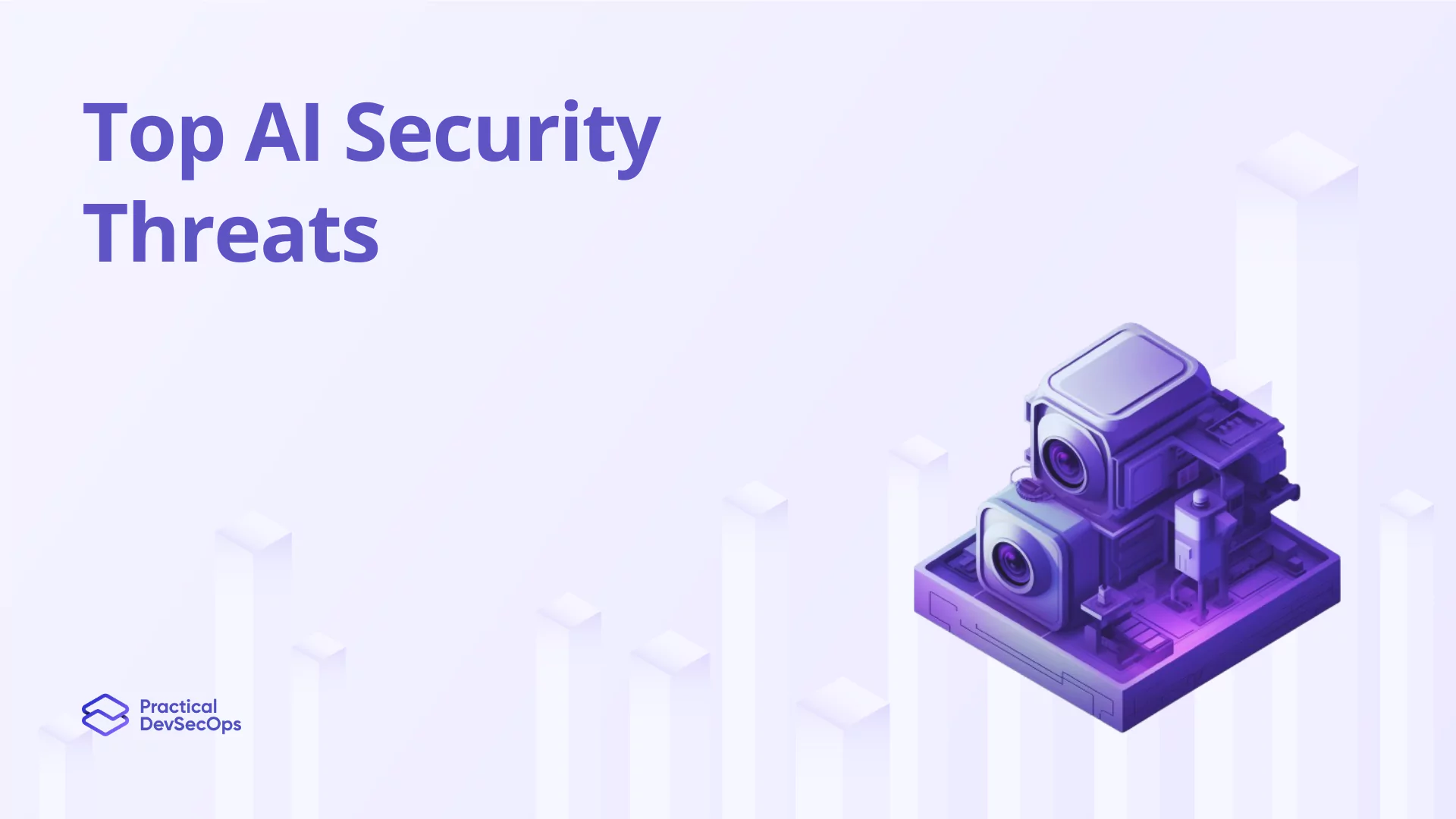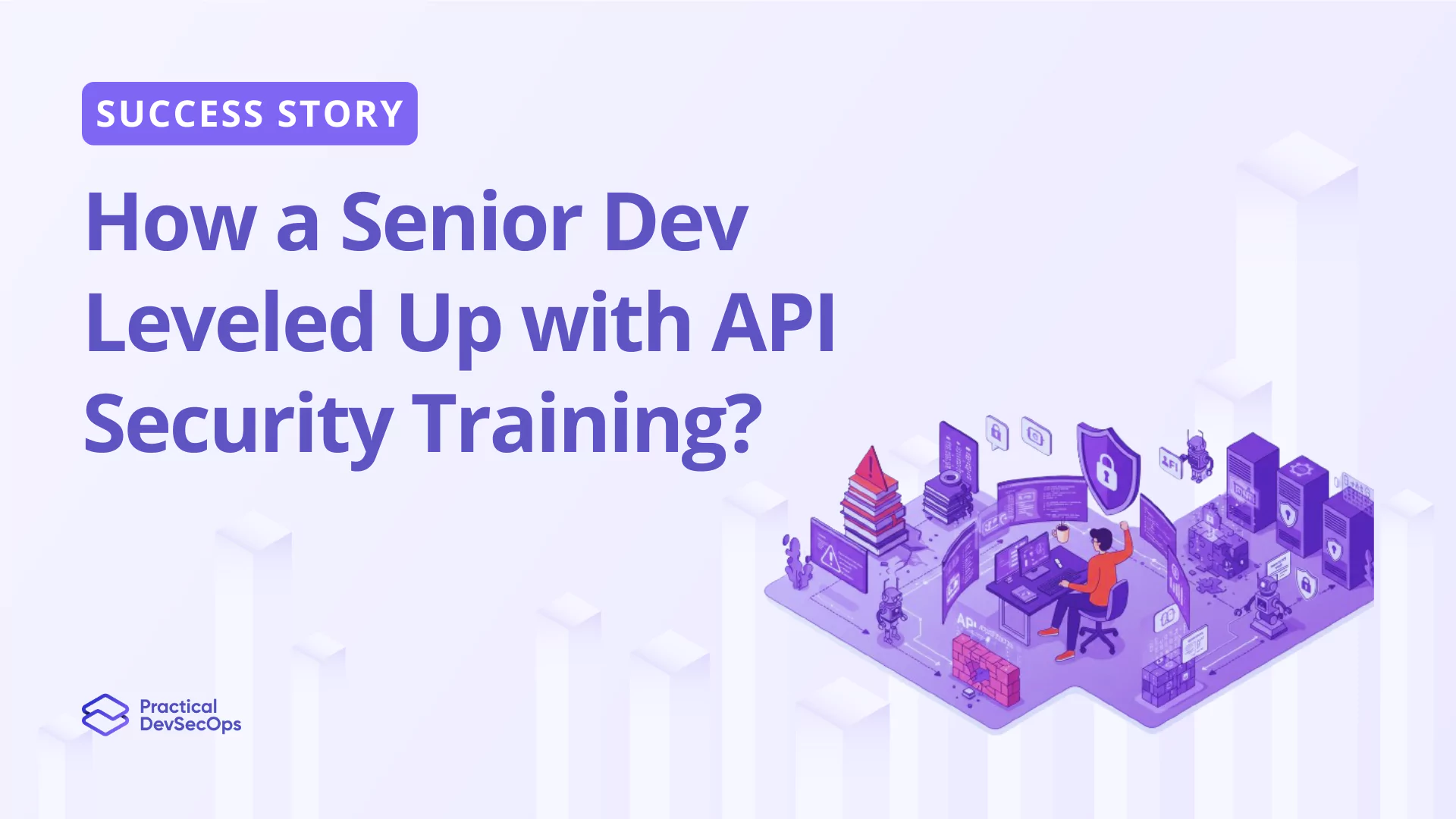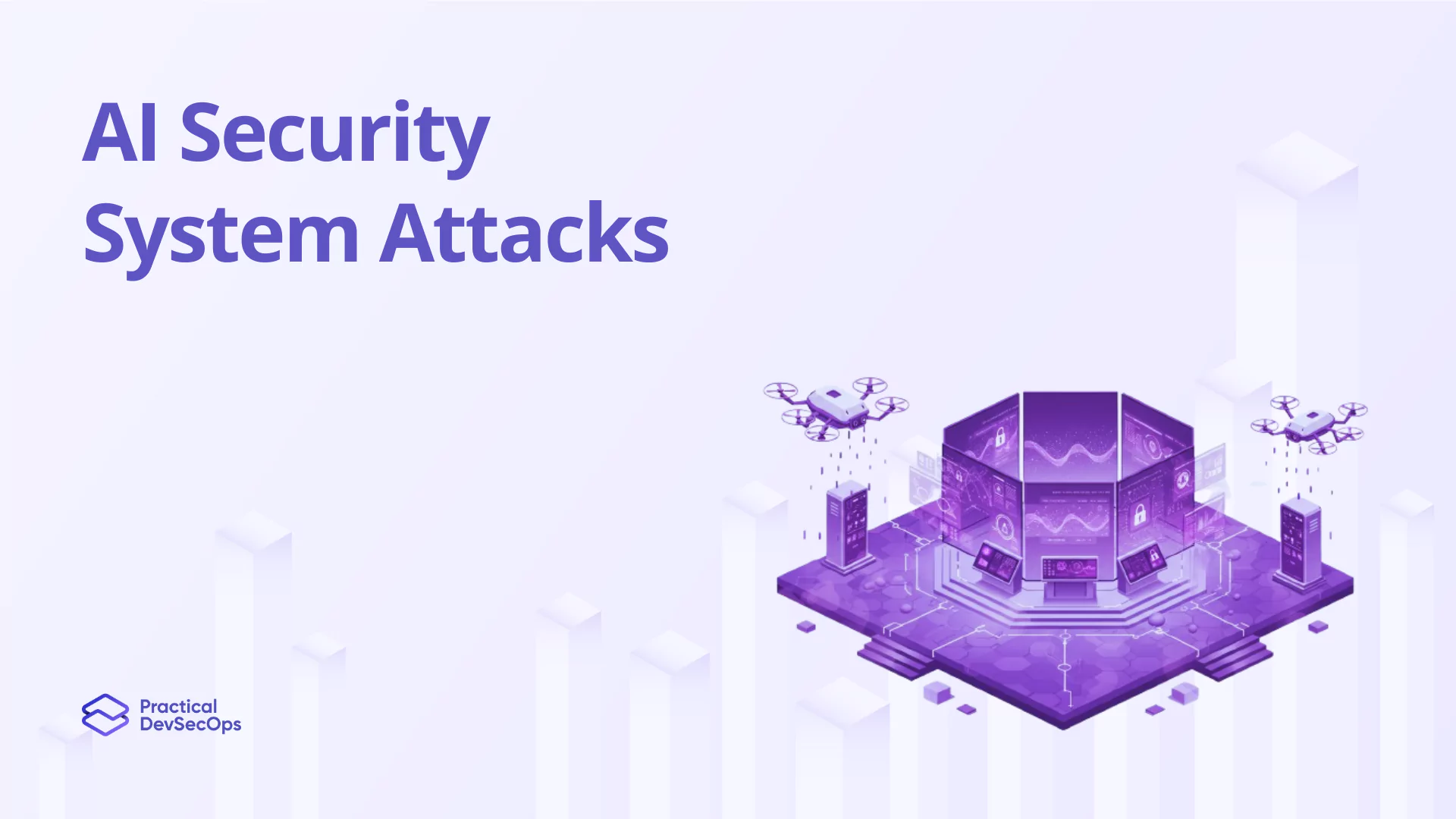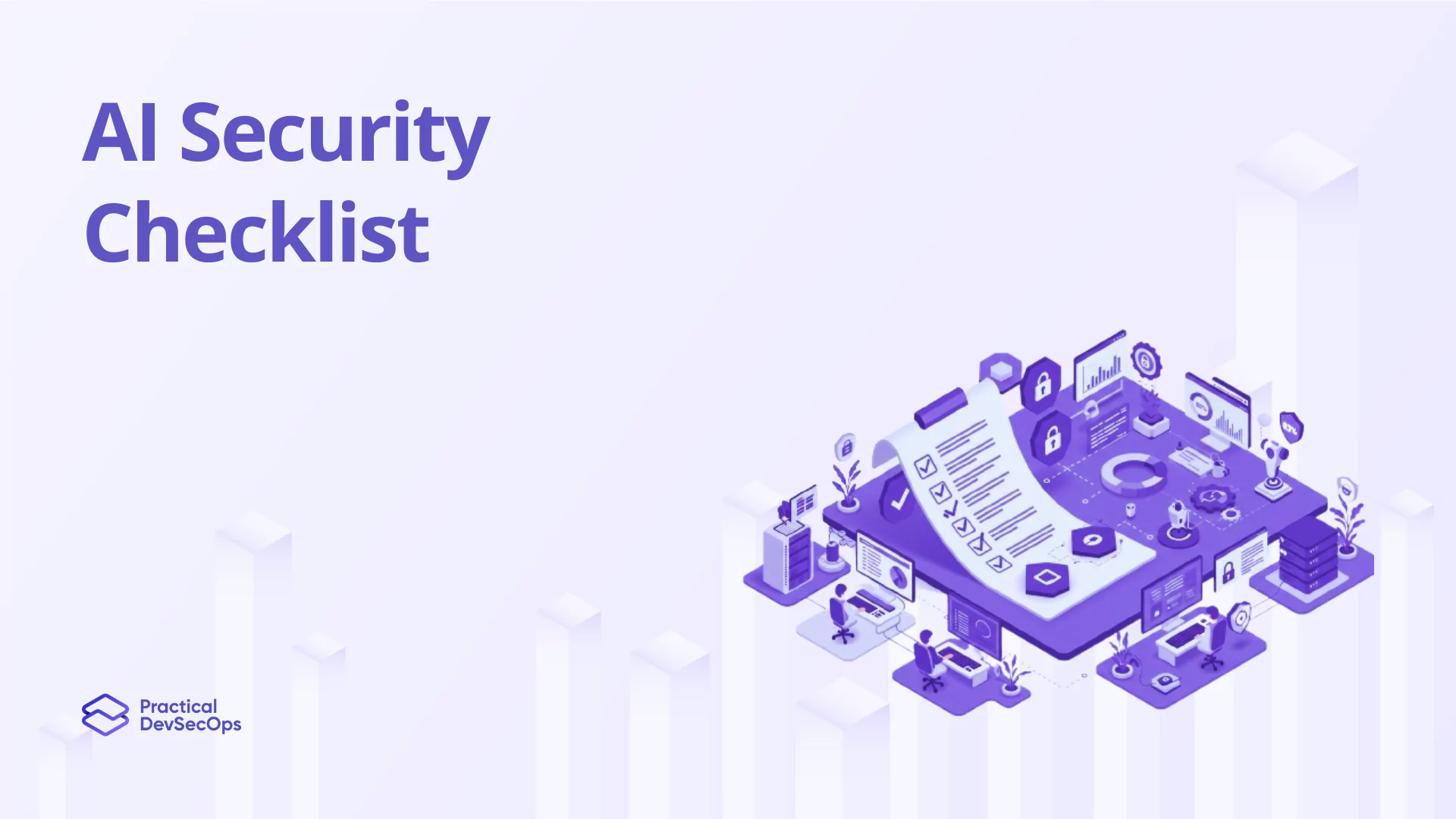Artificial intelligence (AI) is a vital component of modern technology that is redefining organizations and altering how people work and live. However, as AI systems become more advanced and prevalent, so do the security dangers associated with them.
The AI Threat Landscape in 2024
The increased adoption of AI across industries has resulted in a larger attack surface, with hackers increasingly using AI for sophisticated attacks. According to a recent study conducted by the Center for Security and Emerging Technology (CSET), AI-powered cyberattacks are anticipated to rise by 50% in 2024 compared to 2021 levels.
- Several significant elements are influencing this increased risk landscape:
- A lack of strong AI governance and security requirements.
- There is a shortage of AI security talent and knowledge.
- Insecure AI development approaches include the use of untrusted data and insufficient testing.
Organizations that rush to incorporate AI without sufficient safeguards expose themselves to a variety of serious hazards. Let us take a closer look at the top AI security threats to be aware of.
Also read about How to Prepare for AI Security Certification
1. AI-Powered Social Engineering Attacks
Social engineering, which involves persuading people into disclosing sensitive information or engaging in hazardous behavior, is getting more powerful with AI. AI is being used by cybercriminals to make incredibly convincing deepfake movies and personalized phishing messages in order to fool victims.
In one noteworthy case, scammers utilized an AI-generated deepfake of a company CEO to authorize a fraudulent $35 million wire transfer. As deepfake technology progresses, deceitful methods will grow more difficult to detect.
To tackle this issue, firms should prioritize user education to help staff identify AI-powered social engineering initiatives. AI-powered threat detection systems can also help identify and prevent these threats before they do harm.
2. Adversarial AI Attacks
Adversarial AI refers to approaches that deceive or mislead machine learning models. By carefully manipulating input data, attackers might influence AI systems to make inaccurate predictions or choices.
In a real-world example, researchers were able to trick a Tesla’s autopilot system into driving into oncoming traffic by placing stickers on the road. As AI gets more integrated into crucial systems such as self-driving cars and medical diagnoses, the repercussions of adversarial attacks may be disastrous.
Defense against aggressive AI necessitates a multifaceted approach. This involves leveraging adversarial training to strengthen models, strict input validation, and improved anomaly detection algorithms to identify suspect inputs.
3. AI Model Poisoning and Backdoors
AI models learn from the data that they are taught on. Attackers can take advantage of this by manipulating training data to introduce weaknesses or backdoors into the model. This enables them to later engage in criminal conduct or acquire unauthorized access to the AI system.
For example, researchers were able to poison an AI-based malware detection model, causing certain malware samples to be misclassified as benign, thereby creating a backdoor for attackers to avoid detection.
Preventing model poisoning and backdoors necessitates securing the whole AI supply chain, from data collection and preparation to training and deployment. Before deploying AI models into production, rigorous testing and validation methods must be followed to discover any hidden weaknesses.
4. AI-Enabled Malware and Ransomware
AI is a double-edged sword: although technology can be utilized to improve cybersecurity, it can also be weaponized by hostile actors. Cybercriminals use AI techniques to develop more evasive, adaptable, and destructive malware and ransomware strains.
For example, AI-powered malware can automatically modify its behavior to avoid detection by security technologies. AI can also be used to optimize ransomware assaults, increasing their impact and profitability for criminals.
To remain ahead of AI-enabled threats, businesses must invest in strong AI-powered malware detection and response capabilities. This involves using machine learning to identify new attack patterns and behavioral analysis to detect suspicious actions.
5. Privacy Risks and AI Data Breaches
AI systems require vast amounts of data to learn and improve. However, this data aggregation also amplifies the impact of data breaches. If an attacker gains access to an AI model, they may be able to extract sensitive information about the individuals whose data was used to train it.
In one experiment, researchers were able to infer personally identifiable information (PII) from a language model trained on email data, showcasing the potential privacy risks associated with AI.
Mitigating privacy risks in AI requires a combination of technical and organizational measures. These include data minimization (only collecting and using necessary data), strong encryption and access controls, and regular audits to identify and address vulnerabilities.
Also read about Building a Career in AI Security
Preparing Your Organization for AI Security Challenges
Tackling the AI security threats of 2024 requires proactive preparation and a comprehensive strategy. Here are four key steps to help your organization stay ahead of the curve:
1. Develop an AI Security Strategy and Governance Framework
Start by aligning your AI initiatives with your overall cybersecurity strategy. Establish clear policies and controls for secure AI development and deployment, covering aspects like data handling, model testing, and access management. Regularly assess and update your AI security posture to ensure you stay current with evolving threats.
2. Invest in AI Security Talent and Training
The shortage of AI security expertise is a significant challenge. Invest in training and upskilling your existing workforce to build internal AI security capabilities. Supplement this by leveraging external AI security specialists for guidance and support. Foster a culture of AI security awareness across your entire organization, from developers to executives.
3. Adopt AI Security Best Practices and Tools
Implement secure AI development frameworks and methodologies, such as federated learning and differential privacy, to bake security into your AI initiatives from the start. Utilize AI security tools for tasks like vulnerability scanning, threat detection, and model testing. Continuously monitor your AI systems for anomalies and threats.
4. Promote Responsible AI and Ethical Considerations
AI security isn’t just about preventing attacks – it’s also about ensuring your AI systems are transparent, explainable, and free from bias. Establish ethical guidelines for AI use and data privacy. Engage with policymakers and stakeholders to contribute to the development of responsible AI practices and regulations.
The importance of AI security education and certification
AI security is a very complex field in which learning is continuously needed; it takes some special skill. Formalized training, certification classes, such as the Certified AI Security Professional course, are an important avenue to equip them with both the knowledge and practical competencies in securing AI systems.
The training in CAISP covers everything from the basics of AI through to high-level security concepts. There are hands-on trainings with regard to AI security tools, best practices, and how to apply them in an active production environment. Earning this prestigious credential in CAISP exhibits great expertise and dedication to excellence in artificial intelligence security.
Conclusion
The AI security landscape in 2024 will be formed by a combination of new and existing threats. As AI gets more firmly integrated into our digital ecosystem, the stakes will only increase. Organizations that prioritize AI security, invest in personnel and resources, and take a proactive, strategic approach will be better positioned to face these issues.
Also read about What AI Security Professionals Do.
FAQs
What are the prerequisites for the Certified AI Security Professional course?
The CAISP course is designed for professionals with a basic understanding of AI concepts and some experience in cybersecurity. Familiarity with programming languages like Python and knowledge of machine learning fundamentals is helpful, but not mandatory.
How can smaller organizations with limited resources address AI security risks?
Smaller organizations can start by focusing on the basics: educating staff about AI security risks, implementing strong data protection measures, and leveraging open-source AI security tools. Partnering with external AI security experts can provide valuable guidance and support without the need for a large in-house team.
What are some common misconceptions about AI security?
One common misconception is that AI systems are inherently secure because of their complexity. In reality, AI introduces new vulnerabilities and can be exploited in unique ways. Another myth is that AI can replace human expertise in cybersecurity. While AI is a powerful tool, it is most effective when combined with human knowledge and oversight.
How often should organizations conduct AI security assessments and audits?
The frequency of AI security assessments depends on factors like the criticality of the AI systems, the rate of change in the AI threat landscape, and regulatory requirements. As a general guideline, organizations should conduct comprehensive AI security audits at least annually and perform targeted assessments whenever significant changes are made to AI models or infrastructure.
What are the potential legal and regulatory Implications of AI Security breaches?
AI security breaches can result in data privacy violations, intellectual property theft, and financial losses. Organizations may face legal action from affected individuals or businesses, as well as regulatory penalties for non-compliance with AI security standards and data protection laws. The exact implications depend on the specific circumstances of the breach and the applicable legal frameworks.







0 Comments